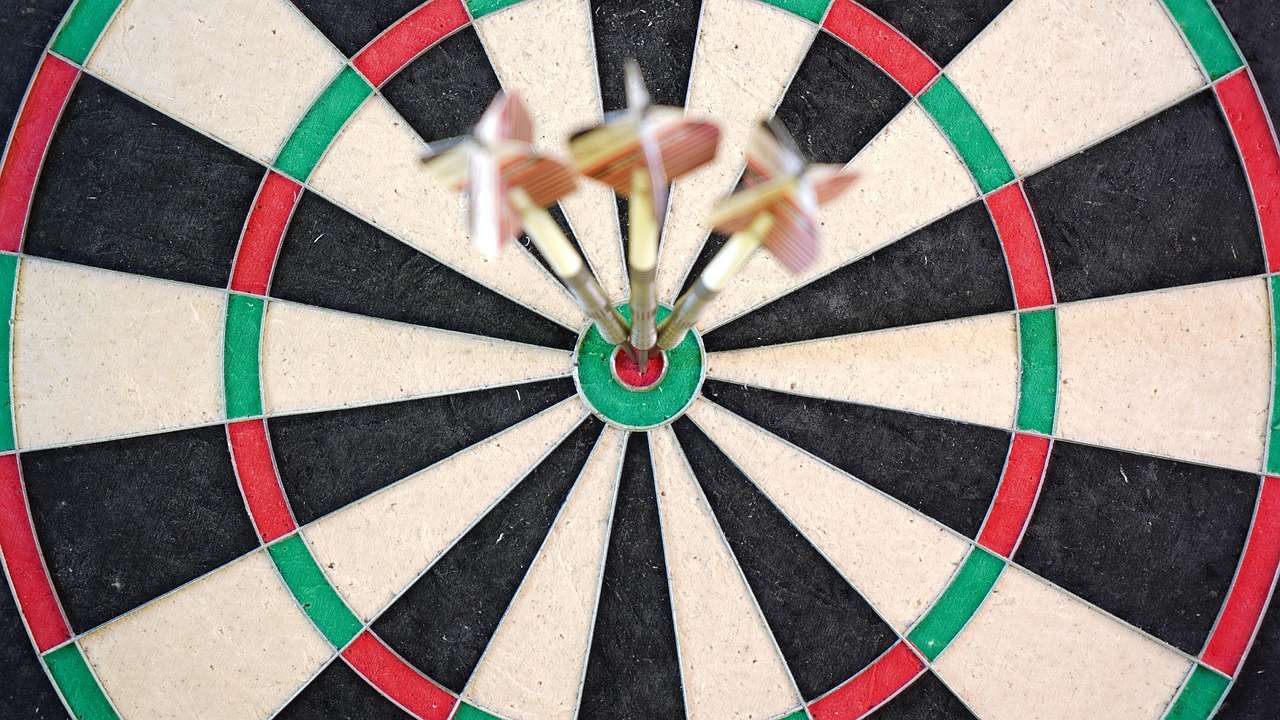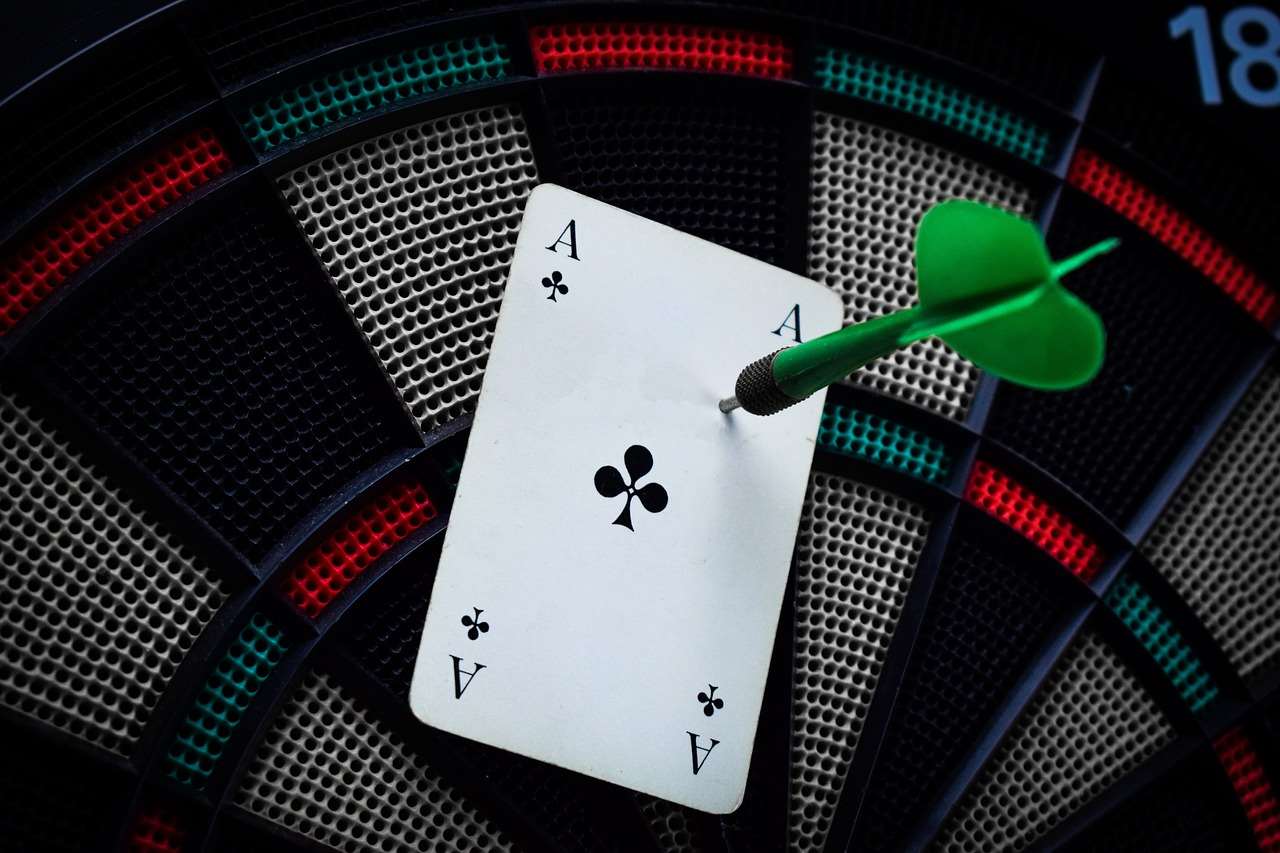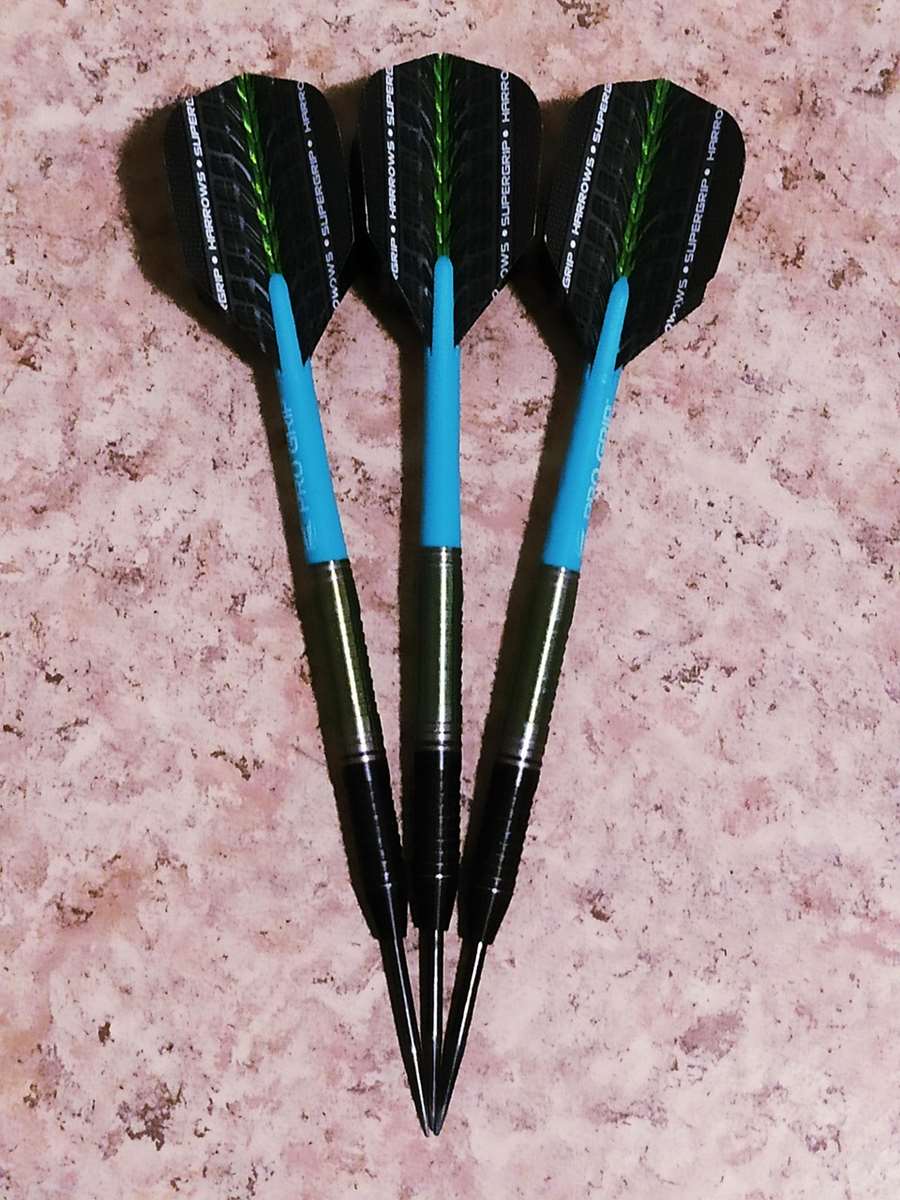Creating adapted rules for darts tournaments with varying skill levels ensures that everyone, from novice to expert, can participate and enjoy the game; this involves handicaps, simplified scoring, and alternative game formats. This article will explore different ways to level the playing field and design inclusive tournaments.
⚠️ Still Using Pen & Paper (or a Chalkboard)?! ⚠️
Step into the future! The Dart Counter App handles all the scoring, suggests checkouts, and tracks your stats automatically. It's easier than you think!
Try the Smart Dart Counter App FREE!Ready for an upgrade? Click above!
Why Adapt Rules for Darts Tournaments?
Traditional darts tournaments often cater to experienced players, which can discourage beginners and those with less developed skills. Introducing adapted rules makes the game more accessible and enjoyable for a wider audience. This not only promotes inclusivity but also helps grow the sport by attracting and retaining new players. By modifying rules for mixed-level dart players, organizers can create a more competitive and engaging environment for everyone involved.

Moreover, adapting darts rules for tournaments can lead to more unpredictable and exciting matches. When players of different skill levels are given a fair chance to compete, the outcome becomes less certain, adding to the thrill of the game. This can attract more spectators and increase the overall popularity of darts.
Handicap Systems: Leveling the Playing Field
One of the most effective ways to adapt darts tournaments for varying skill levels is by implementing handicap systems. These systems aim to equalize the chances of winning by giving less experienced players an advantage. Here are a few common handicap methods:
- Starting Score Adjustments: Give less skilled players a lower starting score in games like 501 or 301. This means they need fewer darts to reach zero.
- Head Starts: Allow less experienced players to start the game with a certain number of points already scored.
- Extra Darts: Grant less skilled players additional darts per round to compensate for their lower accuracy.
- Point Deductions: Deduct points from more skilled players’ scores.
Implementing a handicap system requires careful consideration to ensure fairness and prevent abuse. Regularly reviewing and adjusting handicaps based on player performance is crucial. Understanding how to make darts fairer with handicap rules can be a great benefit when organizing a tournament.
Calculating Handicaps
Calculating handicaps can be done in several ways. One common method is to analyze players’ average scores over a set number of games. The difference between the average scores of different players can then be used to determine appropriate handicaps. Another approach is to use a rating system, where players are assigned a rating based on their skill level, and handicaps are determined based on the rating difference.
When implementing a handicap system, it’s important to communicate clearly with all players about how the system works and how handicaps are calculated. Transparency and fairness are key to ensuring that the system is accepted and works as intended. Remember to refer to Adapting darts rules for beginners to ensure all skill levels are catered to.
Simplified Game Formats
Another way to adapt darts tournaments is by using simplified game formats. These formats are easier to understand and play, making them more accessible to beginners. Here are a few examples:
- 301 Instead of 501: Reducing the starting score makes the game shorter and less daunting for beginners.
- Single Out: Requiring only a single, double, or triple to finish, rather than a specific combination, simplifies the checkout process.
- Team Games: Playing in teams allows less experienced players to learn from more skilled players.
These alternative darts rules for home play can be easily adapted for tournament settings, providing a less intimidating environment for novice players. For example, team play not only encourages collaboration but also gives beginners a chance to contribute to the team’s success without the pressure of individual performance.

Modifying Scoring Systems
In addition to simplifying game formats, you can also modify scoring systems to make the game more accessible. For example, you could award points for hitting specific areas of the board, regardless of whether they contribute to the final score. This encourages beginners to aim for specific targets and provides positive reinforcement for their efforts. Another approach is to use a point system where players earn points for hitting any part of the board, with bonus points for hitting doubles and triples. This can make the game more fun and engaging for beginners, while still providing a challenge for more experienced players. You can also explore fun dart game variations with modified rules to add variety and excitement to the tournament.
Creating Separate Divisions Based on Skill Level
Organizing tournaments with separate divisions based on skill level is an excellent strategy. This ensures that players compete against others of similar ability, creating a more balanced and enjoyable experience. You could create divisions such as:
- Beginner: For players with limited experience.
- Intermediate: For players who have some experience and can consistently hit certain targets.
- Advanced: For experienced players who are highly skilled and competitive.
Determining the appropriate skill level for each division can be done through a qualifying round or by using a player rating system. This helps ensure that players are placed in the correct division and that the competition is fair and balanced. Remember, the key is to design Adapted rules for darts tournaments with varying skill levels that promote inclusivity and fair competition.
Benefits of Separate Divisions
Having separate divisions offers several benefits. It allows players of all skill levels to compete against others of similar ability, increasing their chances of success and making the game more enjoyable. It also provides a clear pathway for players to improve and progress through the divisions as their skills develop. This can be a powerful motivator for players to continue practicing and participating in tournaments.

Moreover, separate divisions can attract a wider range of players to the tournament, including those who might be intimidated by the prospect of competing against highly skilled players. This can lead to increased participation and a more vibrant and diverse tournament environment.
Alternative Dart Games with Simplified Rules
Beyond traditional 501 and 301, there are many alternative dart games with simplified rules that are perfect for mixed-skill tournaments. These games often focus on fun and accessibility, making them ideal for beginners and casual players. Here are a few examples:
- Around the Clock: Players must hit each number on the board in sequence, starting with 1 and ending with 20.
- Cricket: Players aim to score points by hitting specific numbers (20, 19, 18, 17, 16, 15, and the bullseye) and closing them out before their opponents.
- Killer: Each player is assigned a number on the board and must score three hits on that number to become a “killer.” They can then score points by hitting their opponents’ numbers.
These games are easier to learn than traditional darts games and can be adapted to accommodate different skill levels. For example, in “Around the Clock,” you could allow beginners to skip certain numbers or give them multiple attempts to hit each number. Always keep in mind Adapting darts rules for small spaces: tips and tricks, as these games can easily be played anywhere.
Creating Custom Dart Games
In addition to using existing alternative dart games, you can also create your own custom games with simplified rules. This allows you to tailor the game to the specific skill levels of the players participating in the tournament. For example, you could create a game where players earn points for hitting any part of the board, with bonus points for hitting specific targets. You could also create a game where players must complete a series of challenges, such as hitting a certain number of doubles or triples, or scoring a certain number of points in a single round. The possibilities are endless, and creating custom games can be a fun and creative way to adapt darts tournaments for varying skill levels. Be sure to consider creative dart rules for parties and social gatherings.

Ensuring Fair Play and Sportsmanship
Regardless of the rules you implement, it’s crucial to emphasize fair play and sportsmanship. This includes:
- Clearly communicating the rules to all players before the tournament begins.
- Enforcing the rules consistently and fairly.
- Encouraging players to respect their opponents and the game.
- Providing a neutral and unbiased officiating team.
By fostering a culture of fair play and sportsmanship, you can create a positive and enjoyable experience for all participants. This not only enhances the tournament itself but also helps to promote the sport of darts as a whole. It is important to also be clear on Basic Darts Fundamentals for Beginners.
Addressing Disputes and Conflicts
Despite your best efforts, disputes and conflicts may arise during the tournament. It’s important to have a clear process in place for addressing these issues. This might involve appointing a tournament director or a panel of judges who can mediate disputes and make rulings. It’s also important to have a set of rules governing player conduct and penalties for violations. By addressing disputes and conflicts promptly and fairly, you can maintain order and ensure that the tournament remains enjoyable for all participants.
Promoting Inclusivity and Accessibility
When organizing adapted rules for darts tournaments with varying skill levels, it’s important to consider inclusivity and accessibility. This means making the tournament welcoming and accessible to players of all backgrounds and abilities. Here are a few ways to promote inclusivity:
- Provide accommodations for players with disabilities.
- Offer entry fee assistance for players who cannot afford the full fee.
- Create a welcoming and inclusive environment for players of all genders, races, and ethnicities.
- Promote the tournament through a variety of channels to reach a wide audience.
By prioritizing inclusivity and accessibility, you can create a tournament that is truly open to everyone. This not only enhances the tournament itself but also helps to promote diversity and inclusion within the sport of darts.

Creating a Welcoming Atmosphere
Creating a welcoming atmosphere is essential for promoting inclusivity and accessibility. This means making an effort to make all players feel comfortable and valued. You can achieve this by:
- Providing clear and concise information about the tournament in multiple languages.
- Offering assistance to players who need help navigating the venue or understanding the rules.
- Organizing social events and activities that allow players to connect with each other.
- Recognizing and celebrating the achievements of all participants.
By creating a welcoming atmosphere, you can ensure that all players feel like they belong and are part of the tournament community.
Conclusion
Adapted rules for darts tournaments with varying skill levels are essential for creating inclusive and enjoyable experiences for all participants. By implementing handicap systems, simplifying game formats, creating separate divisions, and prioritizing fair play and sportsmanship, tournament organizers can ensure that everyone has a chance to compete and succeed. Remember, the goal is to promote the sport of darts and encourage more people to participate. By fostering a welcoming and inclusive environment, you can create a tournament that is not only competitive but also fun and rewarding for everyone involved. Start planning your next tournament today and implement these adapted rules to maximize enjoyment and participation!
Hi, I’m Dieter, and I created Dartcounter (Dartcounterapp.com). My motivation wasn’t being a darts expert – quite the opposite! When I first started playing, I loved the game but found keeping accurate scores and tracking stats difficult and distracting.
I figured I couldn’t be the only one struggling with this. So, I decided to build a solution: an easy-to-use application that everyone, no matter their experience level, could use to manage scoring effortlessly.
My goal for Dartcounter was simple: let the app handle the numbers – the scoring, the averages, the stats, even checkout suggestions – so players could focus purely on their throw and enjoying the game. It began as a way to solve my own beginner’s problem, and I’m thrilled it has grown into a helpful tool for the wider darts community.